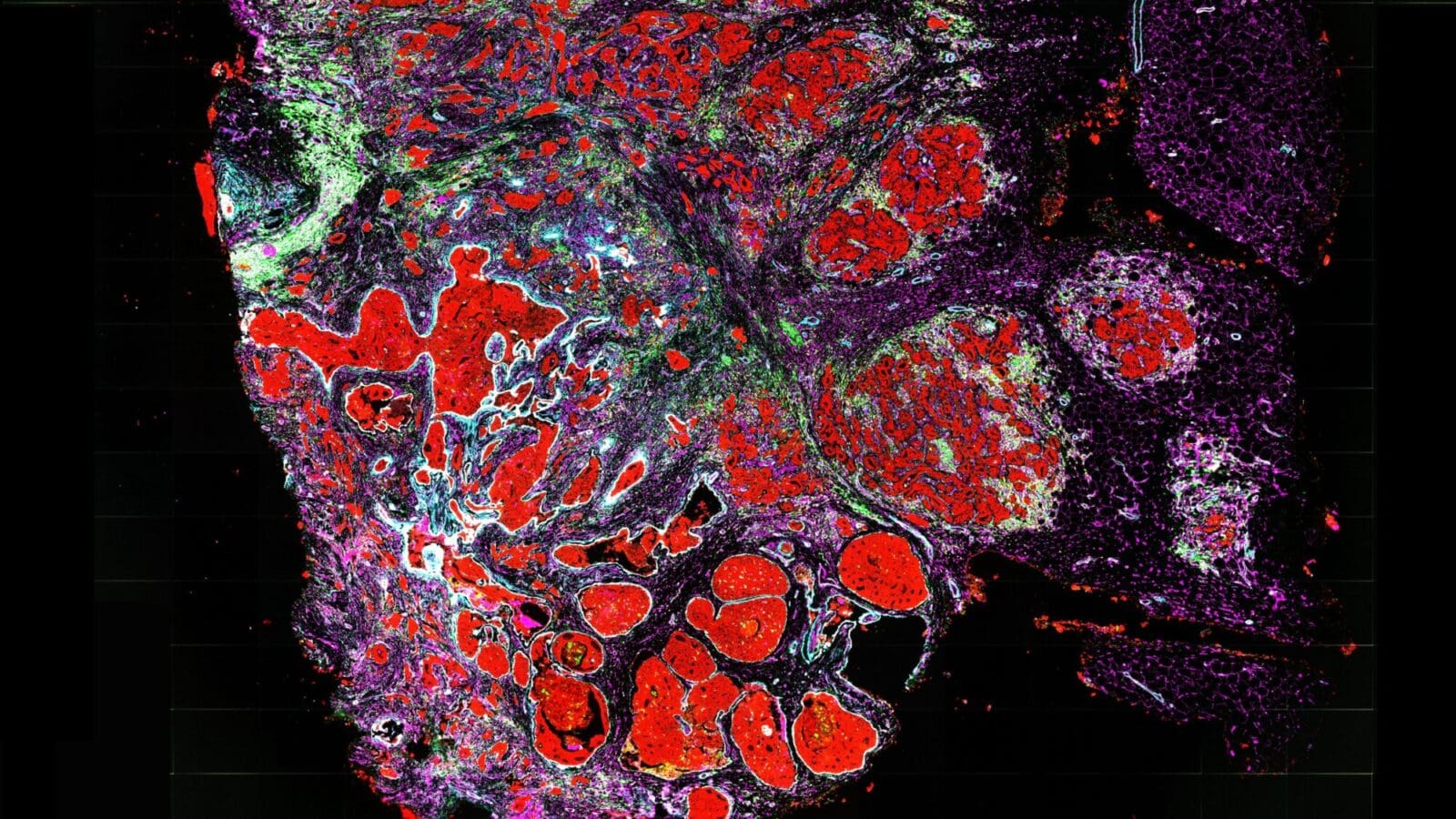New Princeton Tool Tracks Tumor Evolution to Enhance Cancer Treatment
As the landscape of cancer research evolves, a groundbreaking development from Princeton University offers fresh insights into the complex growth of tumors. Researchers have unveiled a novel algorithm called CalicoST, which tracks the mutation progression in cancer cells, allowing for a detailed understanding of how tumors evolve over time and in space.
“Each tumor is its own ecosystem,” said Ben Raphael, the Graduate Class of 1991 Professor of Computer Science at Princeton and the principal investigator of this pivotal study. This innovative approach allows for a more nuanced comprehension of the genetic faults that drive cancer, paving the way for more effective treatment strategies.
Understanding Tumor Ecologies Through Technology
Cancerous cells differ fundamentally from healthy cells in their division rate and mutation frequency. While healthy cells tend to divide slowly, cancer cells replicate rapidly, leading to frequent genetic changes. To harness this striking difference, Raphael, along with Cong Ma—a former postdoctoral researcher at Princeton and now an assistant professor at the University of Michigan Medical School—developed CalicoST. This algorithm meticulously tracks genetic errors arising from cell division, creating a historical map of the tumor’s development.
These genomic errors act as signatures, indicating distinct groups of cancer cells that have shared mutations. “We’re able to see which regions of the tumor are new and which regions are old,” Raphael explained. The newer regions, he noted, possess additional mutations that distinguish them from their older counterparts. This differentiation provides researchers with essential clues about the tumor’s evolving genetic landscape and spatial growth.
Integrative Research Initiatives
Published on October 30 in Nature Methods, CalicoST is part of a broader study involving over 100 tumors, also coauthored by Raphael, and published in Nature. The studies are part of the National Cancer Institute’s Human Tumor Atlas Network, a landmark initiative aimed at developing 3D atlases of human cancers as they change over time. This comprehensive research effort illustrates the collaborative nature of modern cancer research and embraces advanced technologies to achieve deeper insights.
Transforming Treatment Approaches
Understanding tumor evolution is critical for developing new treatment methodologies. According to Raphael, the microenvironment surrounding a tumor significantly influences its growth and therapeutic response. “We’ve known for a while that the microenvironment of a tumor is important for treating the tumor,” he stated. Tumors located near blood supplies, for instance, will behave differently than those further away, affecting both their progression and potential treatment pathways.
The implications of CalicoST are profound. Following a biopsy, doctors could determine the specific groups of cancer cells in relation to nearby blood cells or immune cells. This could lead to more tailored and precise treatment strategies, enhancing the effectiveness of therapies in combating various cancers.
The Future of Cancer Research
The intersection of cancer research and technology signifies an exciting era for oncological sciences. As algorithms like CalicoST illuminate the intricate details of tumor biology, they offer hope for more personalized treatment options that adapt to the unique profiles of individual patients’ tumors.
For technology enthusiasts and professionals in the oncology field, the advances at Princeton serve as a reminder of the fascinating possibilities that arise from innovative intersections in science. As we continue to unravel the complexities of cancer, it’s essential to remain engaged and informed about these developments.
The potential for improved cancer treatments is just one aspect of how technology can reshape healthcare. By fostering a deeper understanding of cancer’s dynamic nature, researchers are not only creating algorithms but are also constructing pathways towards lifesaving therapies.
What are your thoughts on the integration of technology in cancer research? We would love to hear your opinions and insights in the comments below! For more updates on cancer research and technology, visit Shorty-News or check out in-depth articles from TechCrunch, The Verge, and Wired.


